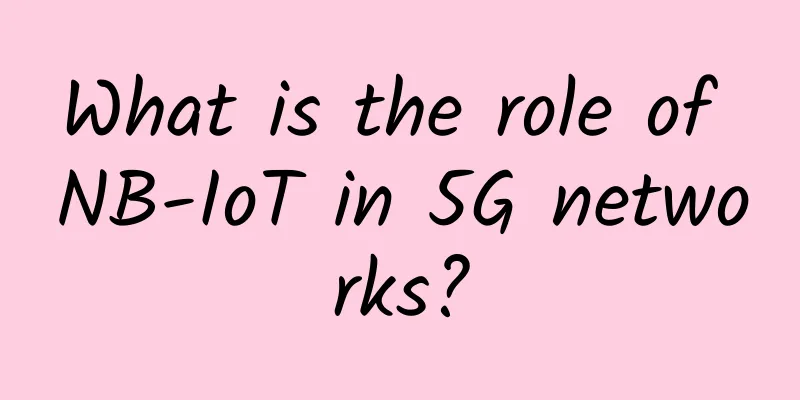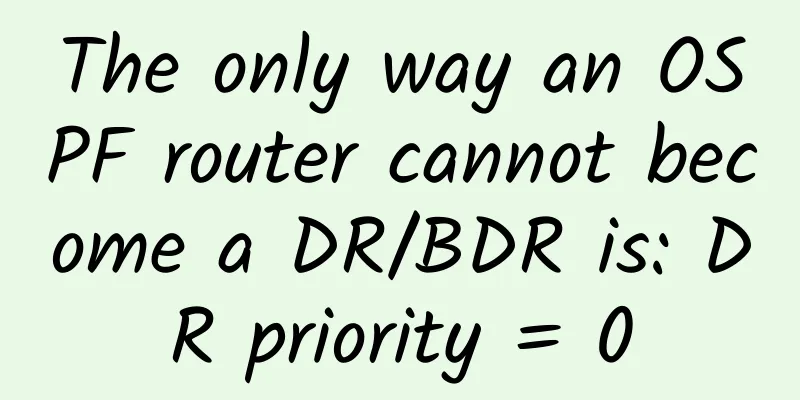What is the role of NB-IoT in 5G networks?

|
Exploring the role of narrowband IoT in 5G networks requires understanding how these two different technology standards ultimately complement each other. Let’s look at what NB-IoT and 5G are, and then see how they work together in future wireless IoT deployments.
What is NB-IoT? The NB-IoT standard was formally developed by the 3rd Generation Partnership Project (3GPP) and currently operates on LTE cellular networks. It is a niche technology suitable for low-power, wide-area use cases in indoor environments. The purpose of this standard is to enable low-cost, battery-powered IoT devices to connect and transmit small amounts of data in a bulk transmission scheme. The goal for some battery-powered IoT devices is to make them last up to 10 years without maintenance. To this end, NB-IoT was developed with absolute energy efficiency in mind. However, the technology achieves this goal at the expense of throughput and real-time data transmission. When using the latest LTE Cat-NB2 technology (upgraded from LTE Cat-NB1 to the 3GPP Release 14 specification), the technology limits the uplink bandwidth to a maximum of 159Kbps. In addition, the narrowband in NB-IoT means that IoT devices use a single frequency band to connect and transmit data. Again, this is to protect the battery power of IoT devices. What will a mature 5G network look like? 5G is the next evolution of broadband cellular technology. The technology builds on 4G and LTE and improves performance, latency, and device density. As new mobile devices, such as Apple's iPhone 12, begin to use 5G-enabled wireless chips, U.S. carriers such as AT&T, T-Mobile, and Verizon are upgrading their networks to 5G technology. 5G will also be deployable as a private mobile computing network. With the FCC’s opening of space in the Citizens Broadband Radio Service spectrum, businesses can deploy their own 5G networks to cover large buildings, manufacturing plants, and campus environments where traditional Wi-Fi deployments are not ideal. Bringing NB-IoT to 5G Networks NB-IoT is currently being brought into the 5G era. In July, the International Telecommunication Union confirmed 3GPP NB-IoT as an officially supported standard. This means that compared with older cellular technologies, NB-IoT networks should have improved bandwidth performance, higher density of connected devices, and lower latency. Therefore, NB-IoT is expected to become a viable deployment option for both operator 5G and privately deployed 5G networks. |
Recommend
What is AirGig?
At the MWC 2017 conference, which has ended, peop...
Low frequency bands are used for 4G, but China Telecom and China Unicom still have a disadvantage
On December 15, the Ministry of Industry and Info...
Today, China’s 5G is two years old!
On October 31, 2019, the first day of the 28th Ch...
Why is it that few people are using 5G after two years of commercial use? In addition to signal problems, there are three other reasons
In 2019, my country built more than 130,000 5G ba...
Fiber-optic interconnects: How to improve cloud computing networks
Since the beginning of the 21st century, cloud co...
The first batch of 5G mobile phones are about to be launched! What is the use of 5G? Should I change the card or the phone? Finally someone has made it clear...
Hello, everyone. I am Xue Zhiqian of the technolo...
[Black Friday] CloudCone: Los Angeles VPS from $16.79/year, Premium SC2 from $32.94/year
CloudCone's Black Friday promotion is in prog...
Goodbye, 2G/3G is retiring
With the advent of the 5G era, there have been a ...
Operators and Internet companies jointly promote customized SIM cards, not just a price war
In the competition among the three major telecom ...
A Complete Analysis of IPv6 Transition Technology
The IPv6 wave is coming With the rapid developmen...
The Ministry of Industry and Information Technology reminds you to set the SIM card password in time. Doing these four things after losing your phone is more important than calling the police.
[[347353]] If you lose your phone, do you know wh...
Network Performance Monitoring and Diagnostics Market Guide (2020 Edition)
With the acceleration of cloud migration and the ...
Hybrid office becomes a trend. Cisco uses intelligent technology to improve office experience
According to the survey results of Cisco and a th...
When you are with your friends and family, do you have to pass on the WiFi password by word of mouth? It’s not safe!
It's Chinese New Year! The Year of the Ox is ...
Ruijie campus switching and wireless technologies lead the education industry; Ethernet color optical technology promotes innovation in education networks
IDC report shows that in the first half of 2024, ...









